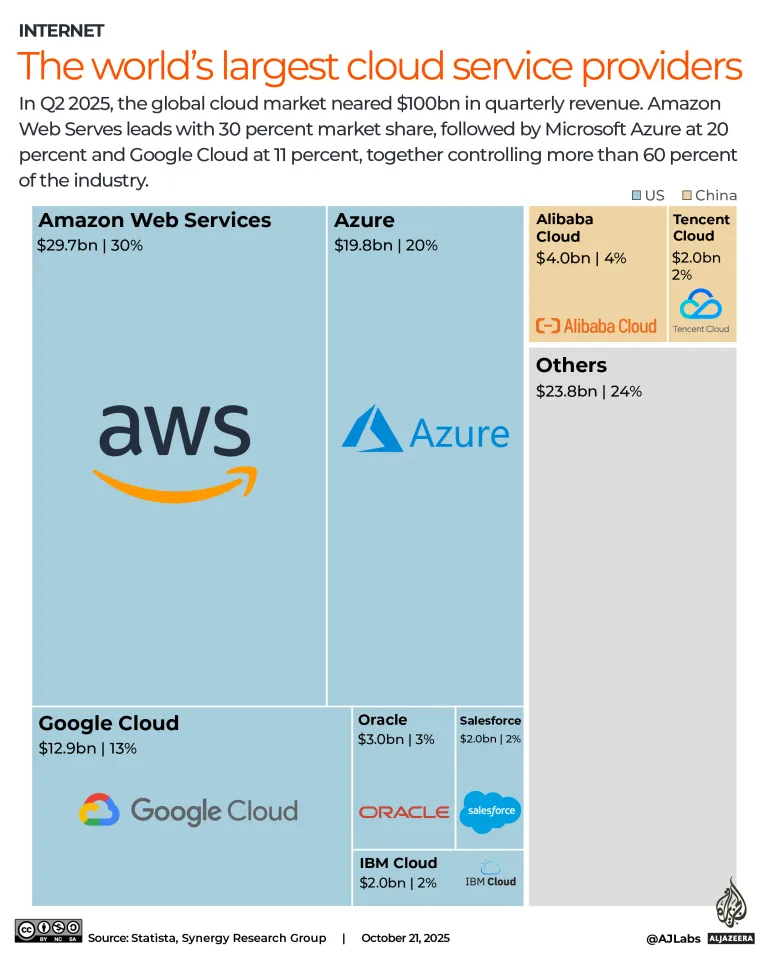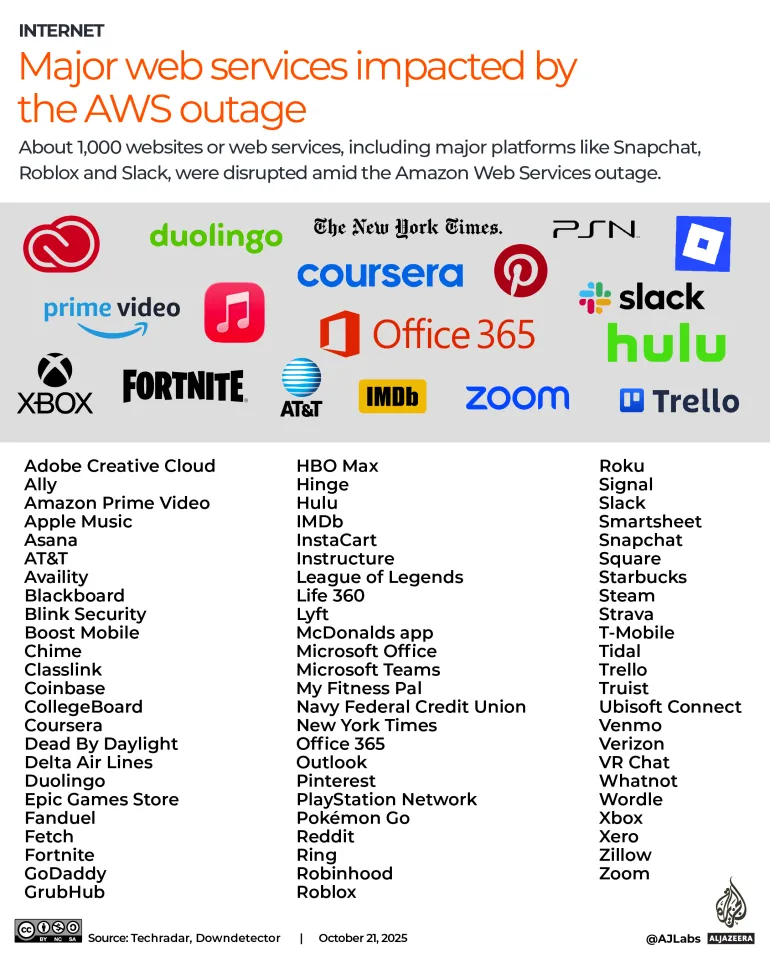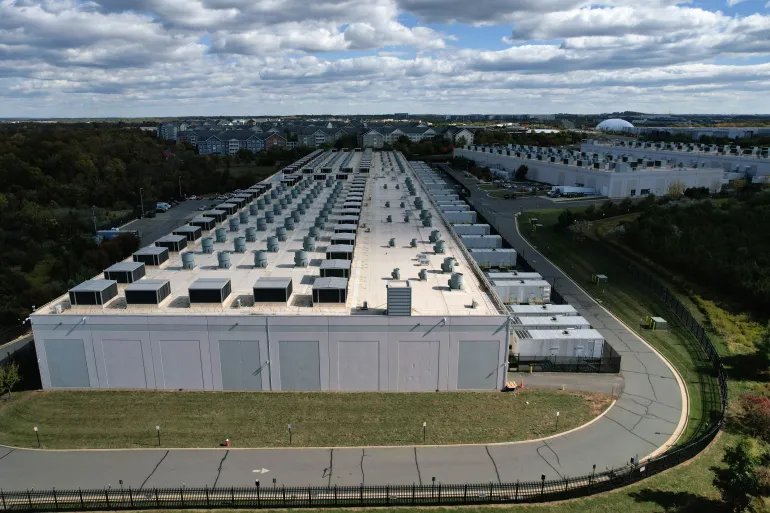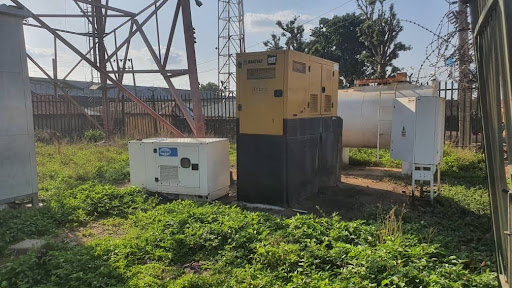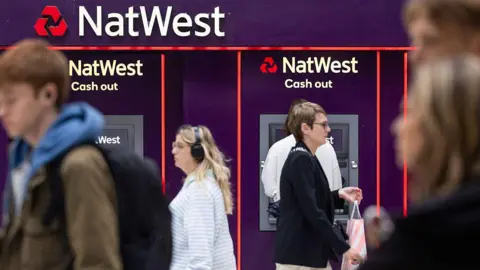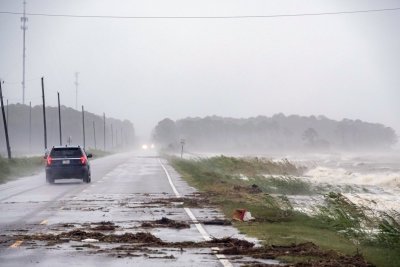LGBTQ+ people are facing an increasing amount of online and offline hate, new study finds
New data has shed light on the alarming rise of “anti-LGBTQIA+ targeted hate and rhetoric.”
On 20 October, the Institute for Strategic Dialogue (ISD) released a new report offering a five-year overview of the online and offline anti-LGBTQIA+ landscape.
“This Dispatch provides an overview of anti-LGBTQ+ mobilisation and how it is exacerbated by tech platforms,” researchers Guy Fiennes and Paula-Charlotte Matlach wrote.
“It incorporates activity which meets ISD’s definition of targeted anti-LGBTQ+ hate (‘activity which seeks to dehumanise, demonise, harass, threaten or incite violence against an individual or community based on their LGBTQ+ identity’), as well as activity which discriminates against LGBTQ+ people (and those perceived to be LGBTQ+), and which erases LGBTQ+ voices or rolls back LGBTQIA+ rights.”
Divided into two parts, the first half of the study presents statistics from various organisations highlighting the offline hate LGBTQIA+ people have faced across the US, UK and wider Europe.
In the US, more than 20 per cent of hate crimes recorded were motivated by anti-LGBTQIA+ bias for the third consecutive year, according to FBI crime data released in August 2025.
NGO GLAAD reported 918 anti-LGBTQIA+ incidents across the US in 2024, including seven fatalities and 140 bomb threats. Among those incidents, 48 per cent of victims were trans, non-binary or gender-nonconforming individuals.
The ISD report also included data from the UCLA School of Law’s Williams Institute, which found that LGBTQIA+ people are five times more likely to be victims of violent crime in the US compared to non-LGBTQIA+ people, and nine times more likely to experience violent hate crimes.
While the latest UK crime statistics reported an 11 per cent decrease in annual anti-trans hate crimes and a two per cent decrease in hate crimes related to sexual orientation, there was a sharp increase in both categories between 2021 and 2022.
“ISD calculated that in the five years between 2020 and 2025, anti-trans hate crimes in the UK rose by 50 per cent, and sexual orientation crimes rose by 18.1 per cent overall. The vast majority of anti-LGBTQIA+ hate crimes are likely unreported,” the report revealed.
Across wider Europe, a 2023 EU Agency for Fundamental Rights survey found that violence and harassment against LGBTQIA+ people had increased from 11 per cent to 14 per cent, while anti-LGBTQIA+ bullying in schools jumped from 46 per cent to 67 per cent.
When examining government and legislative actions, all three countries showed an increase in anti-LGBTQIA+ sentiment led by government officials and lawmakers. The Trump administration, the UK’s Reform Party and Hungary were listed among the biggest offenders.
In the second half of the report, the ISD explored the online harm endured by the LGBTQIA+ community over the past five years.
Following a recent analysis of US-based violent extremist accounts and groups targeting the community, researchers found that “online hate spiked in response to real-world events and political developments.”
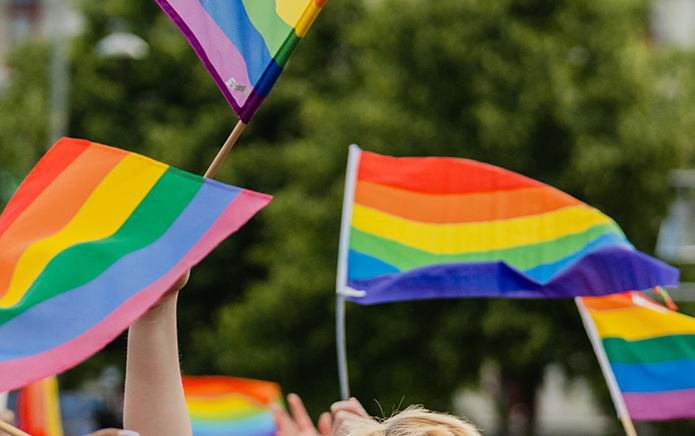
The data also revealed that the trans community is increasingly targeted by violent extremist accounts across various platforms, imageboards and forums.
“Anti-trans hate speech rose from 35 per cent of all anti-LGBTQIA+ speech in October to November to 46 per cent in December to January. There is a notable overlap between groups that direct violence and hate speech against LGBTQIA+ people and groups identified as threats to US national security and the government,” researchers explained.
Elsewhere, the study highlighted GLAAD’s 2025 Social Media Safety Index report, which found a lack of moderation of anti-LGBTQIA+ hate on social media platforms, alongside over-moderation of LGBTQIA+-inclusive accounts and content.
The report also examined the negative impact of AI content moderation systems, revealing that they have been “found to censor queer users who use ‘slurs’ to self-label (e.g. queer, gay, or femboy).”
“AI-driven censorship of LGBTQIA+ content that it labels as ‘sexualised’ or ‘offensive’ reflects offline biases that unfairly label queerness as inherently sexual and inappropriate,” researchers added.
You can read IDS’ full report here.

